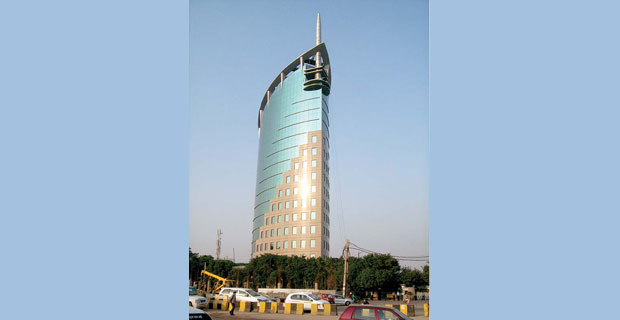Gurugram needn’t go Detroit way
Cities and regions always have a variety of factors that come into play to pull them out of anonymity...
The city’s fortunes changed further in early 1990s with the introduction of market reforms that led to the emergence of India’s outsourcing industry. Multinational companies started looking for office space to house thousands of employees in call centres. Gurugram, which had availability of cheap land in abundance owing to favourable land acquisition policies and development of a robust real estate industry by private players like DLF, proved to be an attractive location for these companies. The proximity to Delhi and the airport also worked in its favour.
The only complexity that ailed the city was an utter lack of basic infrastructure like electricity, water supply and security, among other amenities. Despite these challenges Gurugram has been able to emerge as one of the world’s biggest outsourcing hubs. The agglomeration of firms invested in the basic infrastructural development of the city by bringing in private players that provided power backups due to shortage of electricity, security personnel due to safety concerns, borewells for water scarcity etc.
The benefits of these investments were collectively accrued by the firms as the new business formation that took place in the region attracted diverse talent pool ranging from technical experts to creative minds. The well-educated urban professionals that moved to work for big corporations stimulated the process of urbanisation. This led to the doubling of Gurugram’s population between 2001 and 2011, from 876,000 to more than 1.5 million. Due to the inefficiency of the government, residents’ organisations started pooling money to build parks, fix potholes and to provide for other basic services.











Comments.